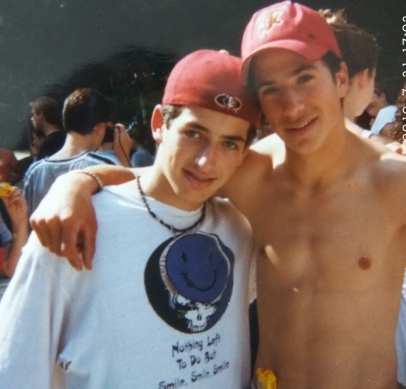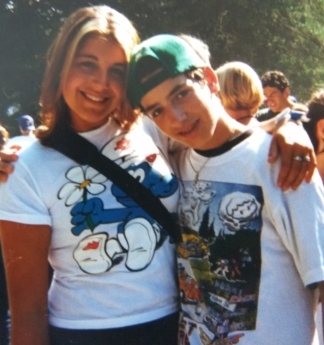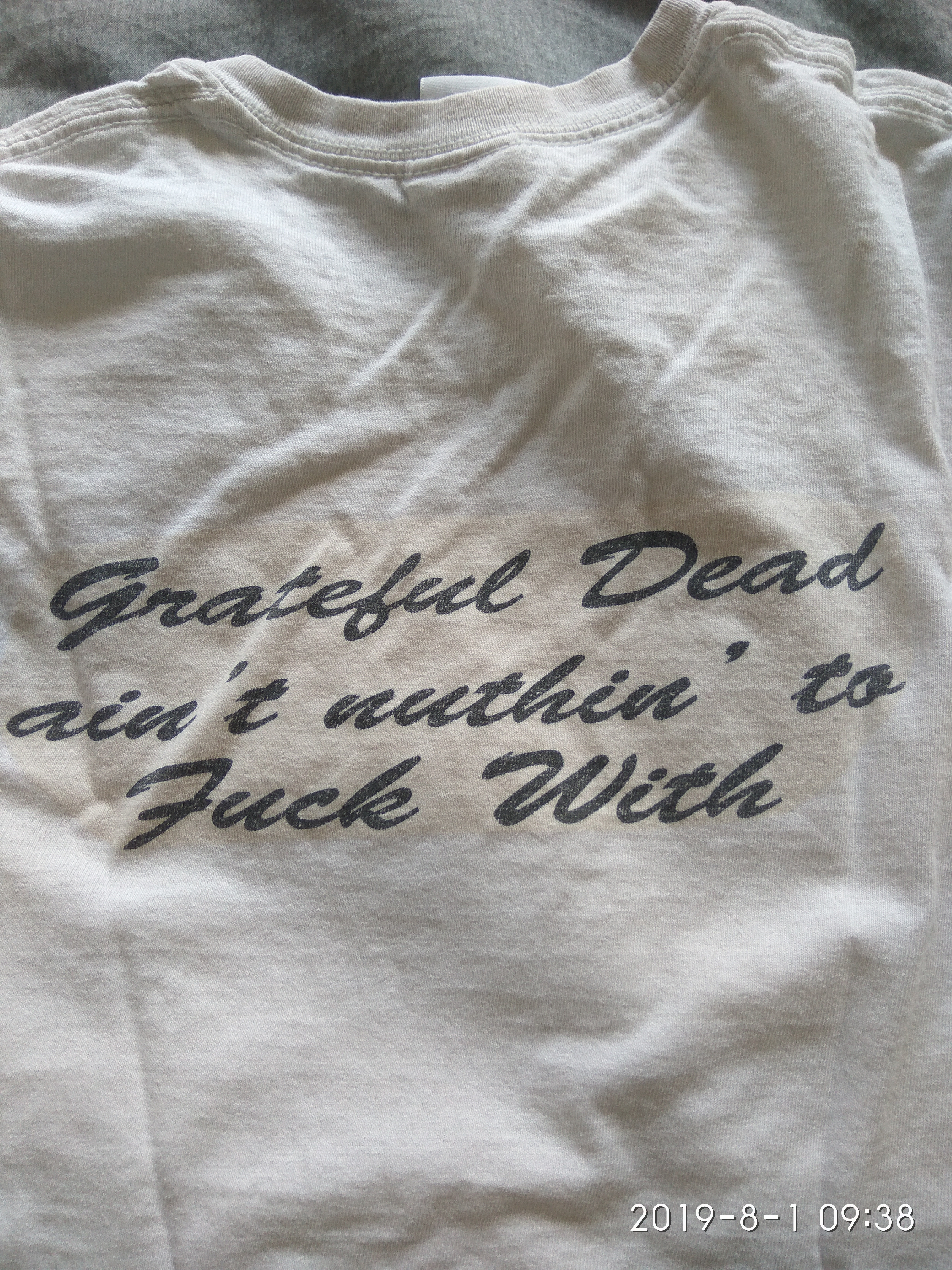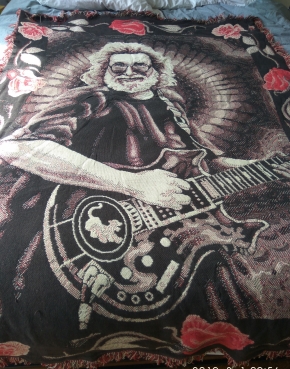A buddy who reads some things I tweet asked me to explain my loathing of cars when I saw him this weekend. We were drinking and someone asking me to rant was highly appealing, but I figured I may as well set the basics down soberly in print, too.
It’s not that I hate cars, exactly. I hate our over-dependence on them. That a person who doesn’t own a car is all but isolated from society is barbaric. Car culture has normalized enormous sacrifices for cars that don’t even strike us as sacrifices because we’re all accustomed to them.
When you look at a house or a property, look how much of it is taken up by the driveway or parking. It’s not uncommon for around half a new home’s façade to be a garage, or at least a very large chunk. Almost one quarter of the city of Toronto is taken up by roads! Not parking lots, roads. Basically, any outdoor space that isn’t a commercially or privately owned, or a park, is consumed by cars.
Homeowners spend thousands to accommodate their vehicles and the city devotes its budget to cars, too. The city of Toronto charges much less for housing for cars (ie parking), than housing for human beings. One parking spot is worth tens of thousands of dollars. The city subsidizes street parking but refuses to do the same for people, and Free Market boosters don’t even notice the former, while the latter enrages them. If you asked motorists to spend on street parking what the actual rate should be, they’d be livid. They think they’re getting squeezed now, when really they’re getting subsidized.
Parents are quick to point out that it’s easy for a guy like me, no kids and works from home, to be opposed to cars, but just try schlepping your kids to hockey on a bike or bus! I get that and I’m not here to scold exhausted parents dealing with shit as best they can. I have a car too! I hate that it’s necessary, but we’re living in a world designed for cars and not having one is indeed difficult (so is having one).
Between the environmental, health, financial, and just lifestyle, a sensible, modern city would follow the data and do its utmost to remove private cars from the road, not by banning them, but by making alternatives more appealing. Busses, streetcars and subways should be clean, frequent, and reliable, then people would take them. Instead, under John Tory, the TTC continues its death spiral of critical under-funding (no North American city of comparable size funds its public transit system with fares to the degree Toronto does, not even close).
The cycle moves in both directions: everyone would love to take transit! But transit here is shit. That’s not because transit doesn’t or can’t work, it’s because we defunded transit for decades and pour our money into private car infrastructure. And why do we do that? Because nobody takes transit and everyone drives.
Instead of retrofit outdoor space to encourages safe and active forms of transit that get people around for less money in a way that’s fun and promotes good health, Tory and Ford are making unjustifiable and unconscionable decisions auto executives drool over because they lock-in car usage for years.
Cars are excellent when nobody else around you is driving them because they let you get around quickly. Decades ago, this was the case. But the more people do this, the less useful and more expensive cars become. They’re not a perk anymore, they become the baseline form of getting anywhere, which makes them essential, and therefore a burden. If you need to go to a far-flung location far away, by all means, drive. That’s what they’re best for. For short trips in the city or daily commutes thousands of people do at the same time…it’s stupid.
Because everyone is expected to own a car, developers buy cheap parcels of land in the middle of nowhere. It doesn’t matter that there’s farmland around you instead of a baker or grocer you can walk to, because you can drive to these things. Land in the city that could be used for building high-rises are instead devoted to parking cars. Cars enable our worst decisions.
We should be fixing this by turning car housing into people housing. There’s acres of under-used or unused land in the heart of the city and across the GTA, but instead of focusing on that, Ford is re-writing/undoing the law to let donors develop environmentally protected greenspace they purchased weeks before he changed the law. The OPP is investigating corruption allegations.
Conservatives paint any critic of this obviously corrupt scheme as an opponent of affordable housing, as if Doug Ford is letting Gasperis develop environmentally protected land to house homeless people and immigrant laborers. It’s an absurd joke, but issues surrounding cars is very much related to the price and nature of housing. If you don’t believe me, ask anybody whose community was razed to build an urban highway (guess which communities get selected).
The above is far from the only reason I hate cars! There’s also the spiritual or marketing aspect. It seems incredible to me that anybody, let alone millions of people, identify themselves with their cars. Such and such a person should drive such and such a car. Macho right-wing guys with a penile complex drive monster trucks, even if it’s to get McDonald’s drive thru instead of hauling work-related loads in the rig or building an off-grid cabin. Meanwhile, flaccid-dicked little liberal cucks drive a Prius.
It’s the underlying premise I reject, that a person’s vehicle reflects who they are in some meaningful way. The extent to which marketing has rotted our brains is tragic and, frankly, embarrassing. It’s nonsense! Commute in a way that makes practical sense and stake your identity on higher things that actually matter.
Most of the trips people do in the city are walkable. Not all trips, and not everybody’s trips. But most people don’t need to drive to get groceries, they can just bring a nap sack and some bags and walk. But because we live in a marketing hellscape that promotes the automobile as the symbol of a person’s worth, many people view the idea of walking instead of driving anywhere as a form of giving up, or turning you back on society.
There are urban myths of CEOs who want to drive modest vehicles, but the company wants the BMW in the best reserved spot because otherwise it looks like a freak is running the company! Whether companies coerce executives into buying luxury vehicles or executives coerce themselves into thinking it’s necessary is mostly a distinction without a difference, but that they’re both entirely plausible is messed up.
To be fair, if people have an attachment to their car, perhaps it’s half due to marketing, and half due to the fact that our car-centric planning makes people attached to their car in understandable ways. For many working parents, their commute is a rare and important solo time where they can listen to podcasts or music and think their thoughts. They’re between work demands and family demands, and the idea of losing this private time to be on a crowded bus in bad weather and multiple transfers…it sucks.
The auto industry lobby is why we have such pitiful busses and trains–50% of Canadians live on a straight-shot route from Windsor through Toronto, Ottawa, Montreal, and Quebec City, yet there’s no train service. Over-reliance on private cars ruins public transportation. Uber competes against the TTC, and the TTC is losing big time.
Again, I get that taking the neglected form of transit sucks! The point is, though, we should stop neglecting it!
I had a sad thought recently that’s related to this. It could be that most people’s main form of public interaction with strangers is, if not internet comment sections, driving. Cars let people navigate public spaces privately. We don’t talk with neighbours as much because, in a very literal sense, you can’t bump into someone when you’re driving and have a little chat. Instead of conversing, our interactions are all driving-based. This usually consists of things like, “Can you believe how this fuckin idiot is all over the road and in my lane?” We don’t talk to people; we try not to collide into each other on the way to everywhere.
Cycling and walking have no equivalent term for “road rage.”
This sad form of “interaction” shapes how we think of the people around us. The same thing that makes it convenient to get into your hermetically sealed and portable living room, with its infotainment centre, temperature controls, and whatever other indulgences, and cross a city without encountering another person is also extremely sad and isolating. And that’s sad for the person who has the car.
If you don’t have a car? The TTC is raising fares yet again, even while cutting services and investing in more Fare Enforcers. Tory spends billions to shave seconds off a suburbanite’s work commute, but wants you to spend more for less public transit. It’s known that fare enforcers treat non-white riders differently than white passengers, just like cops use car-related reasons to disproportionately pull over Black drivers, sometimes with violent and even lethal results.
On another basic level, Toronto drivers have never been more dangerous. Anecdotally, I’ve read stories in the last year about drivers crashing into poles, fences, businesses (a car drove through a bike lane, into a bike store, Sweet Pete’s), homes, even second-storey condos. And of course, people. Out on a walk a couple weeks ago, I saw the recent aftermath of a car that had driven through a bike lane, onto the sidewalk, and into a bus shelter. The previous night, blocks east, a driver crashed into a cyclist. A few days afterwards, a few blocks west, a car drove into a laundromat.
The hype over electric cars and self-driving cars is wrongheaded. As they say, if electric cars are the future of cars, car-free cities are the future of cities. Most “safety” feature only make it safer for the people in the vehicle. Cars, SUVs, and trucks are dangerously large now in North America.
The term “world-class city” is so embarrassing and I don’t mean to invoke anything like it. But right now cities worldwide like London and Paris are currently undoing car-centric planning to save money, improve health, and help people get around faster and safer. Instead, Doug Ford is proposing a bougie-ass waterfront spa costing taxpayers probably half a billion to pay for a private company’s underground parking lot. He campaigned on new highways and widening existing ones. In 2021, the private company that bought highway 407 owed taxpayers about $1 billion, and Doug Ford wouldn’t take the free money even while underspending on healthcare during a pandemic.
If something helps the auto industry, austerity governments that don’t have a penny for public services eagerly spare no expense.
Ultimately, cars kill cities in so many ways that it’s hard to even notice or convey. Indeed, there are sensational stories of violence in the TTC system lately, which are tragic. But there are deadly car “accidents” on the streets every day and those don’t put people off driving, and the media frames road violence stories as, essentially, a tragic whoopsie.
The idea that someone spends thousands to buy a car, thousands on insurance annually, then more for parking (from their wallet and city coffers), yet more for maintenance and fuel, all visit stores that could be located closer to them if planners didn’t assume everyone would own a car…it’s stupid! In a sense, the more refined and improved the individual cars get, the stupider the whole thing is. Just walk! Bike!
That the car industry promotes the idea that driving makes luxury car and truck owners somehow rugged individuals, not the cyclists braving the weather and lethal risks drivers present, is absurd and somehow funny and depressing.
The auto industry famously created the term “jay walker” in the 1920s because before then, people assumed public space was entirely for walking or tram, and private vehicles were the outsider. The classic “hey, I’m walkin’ here!” in the thick New York accent doesn’t register anymore today, because people identify with the driver. The car is now thought to be the city’s natural inhabitant, not the person.
In the same sense, shifting the safety burden away from city planners and drivers onto vulnerable roads users is illogical and dangerous. “Share the road” is bullshit! The whole point of physically separated bike lanes is cyclists shouldn’t share the road with drivers! Nobody wants that! Pedestrians are never told “share the road” because we’re used to them having “sidewalks,” a euphemism for the narrow lanes at the margins of public space (ie roads) reserved for people to walk.
It took me a while to grasp that all infrastructure is car infrastructure. Sidewalks aren’t for pedestrians; they only exist so drivers don’t crash into people walking. “Bike lanes” let motorists drive without the risk of killing a cyclist, which will raise their insurance premium and, also noteworthy, end a cyclist’s life. Cyclists and pedestrians would have unlimited freedom if it weren’t for cars! They don’t need paved lanes. Drivers need everyone else to be in reserved sections of public space so they, the motorists, can do their thing freely. Same with traffic lights, police enforcement (everything from cops at construction sites to highway speeding tickets issued from a Cessna flying overhead), R.I.D.E., “pedestrian bridges,” parking enforcement, crossing guards, street signs, and everything else we pour money into. It’s all for cars.
Injured, mained, and dead cyclists, pedestrians, and drivers are collateral damage.
City budgets and residents are being held hostage by the auto industry. Maybe it’s worse, and that they took control of policy decades ago and aren’t giving up control now. Worse still, people want laws written by the auto lobby because they’re convinced they can’t live without private cars. We’re getting bamboozled into pouring money into the blackhole that is auto-dependency because auto-dependency has made the alternatives to driving suck, and we can’t get out of that cycle. Plus, the voice on the commercial during the hockey game saying trucks are bad ass is gravelly.
It’s not too late to undo Toronto’s car-centric planning and design public space that people want to be in, instead of drive through.
(I was on the verge of drunkenly shrieking all this and lots more to my buddy Friday night but stopped myself last second because somehow this long complaint isn’t everybody’s idea of fun. I could have written more, too, because you can’t imagine just how insufferable I can be on this topic.)





















